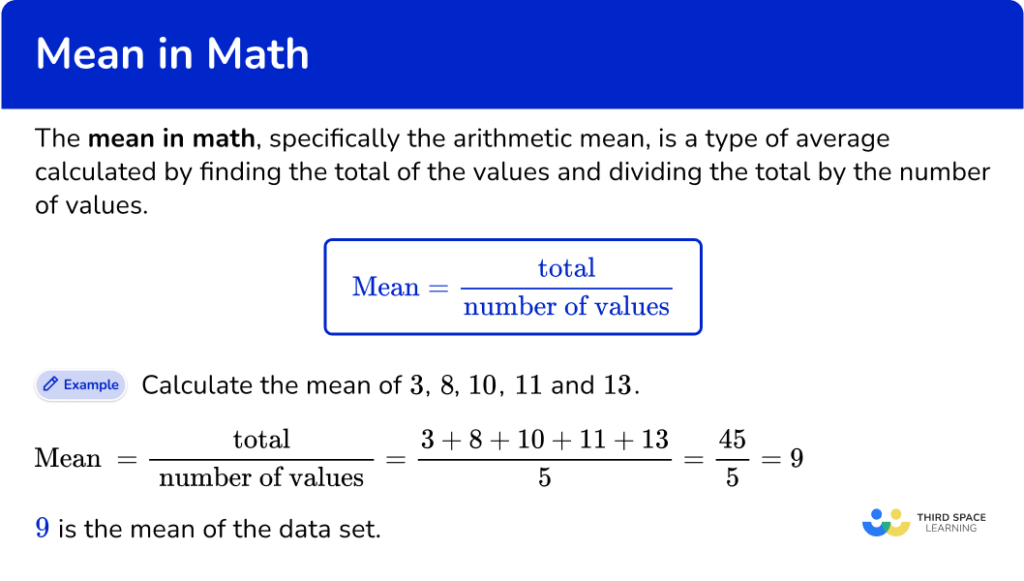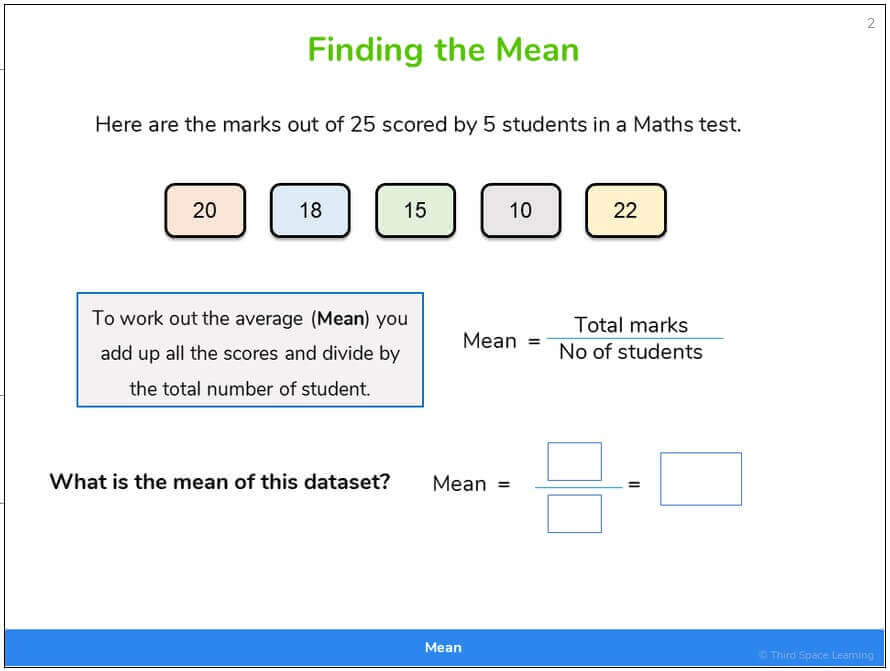Math Symbols, Meanings & More: A Comprehensive Guide
Ever wondered about the cryptic language of mathematics? Mathematics, often hailed as the universal language, relies on a vast and intricate system of symbols and terminology that unlock the secrets of the universe. Understanding these elements is not merely about memorization; it is about gaining the ability to decipher the building blocks of logic, science, and technology. This article will take you on an enlightening journey through the fascinating world of mathematical symbols, their definitions, and their practical uses.
The world of mathematics is often perceived as a daunting labyrinth of formulas, equations, and symbols. However, at its core, mathematics is a language designed to precisely describe and analyze patterns, relationships, and quantities. A solid grasp of the basic mathematical symbols and their interpretations is essential for anyone looking to navigate this intricate landscape. Consider this page as your initial guide to understanding the common terms.
The meaning of "about" in math is often associated with approximation, especially when dealing with estimations and values.
- Unveiling Michael Jacksons Spouses Children A Deep Dive
- Clute Tx Funeral Homes Obituaries Find Services Planning Information
For example, a test result that say "about 10" means the value is in the proximity of 10, but not necessarily exactly 10. The use of 'about' acknowledges the inherent uncertainty or rounding that may be involved in the measurement or calculation.
Let's consider an example. Suppose a student's daughter brings home her fourth-grade math test, excelling with only one incorrect answer. She gets to submit corrections for half credit on the mistake, turning an almost perfect score into a chance to earn it back.
Mathematical symbols are concise representations of mathematical concepts, operations, and relations. They act as shorthand, facilitating efficient communication and the clear expression of mathematical ideas. Let's delve into some of the fundamental symbols and their applications:
- Mollie Hemingway Bio Career Impact On Journalism News Insights
- Morgan Stanley Accessing Managing Your Finances Learn More
- = (Equals Sign): This fundamental symbol signifies equality. It indicates that the expressions or values on either side of the sign are identical.
- + (Addition): The addition sign represents the operation of combining quantities. For instance, "5 + 2" signifies the sum of 5 and 2.
- - (Subtraction): This symbol denotes the operation of removing a quantity from another. For example, "7 - 3" means subtracting 3 from 7.
- (Multiplication): Multiplication signifies repeated addition. For example, "3 4" represents adding 3 to itself four times.
- (Division): Division represents the operation of splitting a quantity into equal parts or groups.
- < (Less Than): This symbol indicates that the value on the left side is smaller than the value on the right side. For example, "2 < 5" means 2 is less than 5.
- > (Greater Than): This symbol indicates that the value on the left side is greater than the value on the right side. For instance, "8 > 3" means 8 is greater than 3.
- (Square Root): The square root symbol signifies a value that, when multiplied by itself, results in the original value. For example, "9" is 3.
- (Summation): The summation symbol is used to indicate the sum of a series of terms.
Beyond these foundational symbols, mathematical notation includes various other symbols and concepts. It is worth noting that a basic understanding of algebra, calculus, and geometry is important.
The word "root" in the context of a math problem signifies a solution, especially when it pertains to equations or polynomials. For instance, the root of a polynomial, P(x), is any value of x that, when substituted into the equation, makes P(x) equal to zero.
The mean, median, and mode are three critical measures of central tendency. The mean is the average, calculated by summing all values in a dataset and dividing by the total number of values. The median is the middle value when data is arranged in order. The mode is the value that occurs most frequently. These measures provide vital insights into the distribution and characteristics of data sets. For example, mean is the easiest to measure, and the formula to find the mean is: Mean = sum of given data / total number of data value.
Mathematics, like any language, has its own lexicon of terms that are essential for comprehension. This math glossary delves into the meanings and significance of various terms spanning different branches of mathematics, including algebra, geometry, and calculus. We'll also briefly touch upon the historical contexts of certain terms, and explore the impact of key mathematicians on the development of mathematical thought.
Let's delve into the intriguing world of imaginary numbers. Historically viewed as impossible, imaginary numbers were initially ridiculed as, well, "imaginary." This label stuck, though these numbers eventually proved indispensable in filling gaps within mathematical theories. Now, the concept of imaginary numbers is essential in advanced mathematics and its applications.
The concept of "mean" finds frequent application in statistics. It represents the average value within a dataset, calculated by summing all the values and dividing by the total count. The mean helps us to understand the data as a whole. There are two types of data, grouped and ungrouped data. Depending on the type of the data, methods of finding mean is different.
For example, if someone says about 10, it means the value is close to 10 but not necessarily exactly 10. If you mean a math problem, root is another word for solution.the root of a polynomial in x is any value for x which will set the polynomial equal to zero.
Now, let's transition to algebra, a subfield of mathematics that focuses on the manipulation of symbols and the rules that govern them. Here's a look at some of the symbols from basic algebra, number theory, linear algebra, and abstract algebra.
The exponent of a number tells you how many times to multiply the number by itself. In the expression 8^2, the "2" indicates that "8" is used twice in the multiplication: 8^2 = 8 8 = 64.
When encountering $\\ln(x)$, one can think of it as "the amount of time to grow to x."
Because they are defined to be inverse functions, clearly $\\ln(e) = 1$
In the realm of education, the "mean" is introduced as early as the 6th grade. However, this often depends on how fast children can compute numbers. The goal, however, is that the children are capable of the manipulation and also that they understand what is happening when they find the mean of a data set.
Real-life triangles use approximations and have rounding errors. In math, the symbols are used to save time and space when writing.
To calculate the mean, add the values together and divide the total by the number of values.
Mathematics is the language of science and the universe, and that is not just a clich. The ability to effectively use and interpret mathematical symbols is essential. The use of these symbols saves time and space.
In math, central tendency is a number.
For example, consider the following expression: My dictionary says percentage is the result obtained by multiplying a quantity by a percent. So 10 percent of 50 apples is 5 apples: The 5 apples is the percentage. But in practice people use both words the same way.
Mean, median, and mode are measures of central tendency and are three different ways of expressing averages of a set of data. The key term here is average. The measure of central tendency (mean, median, and mode) gives useful insights about the data studied, these are used to study any type of data such as the average salary of employees in an organization, the median age of any class, the number of people who.
The mean, or average, shows up in different math topics: It helps summarize and understand data, like finding the average score in a set of test results.



Detail Author:
- Name : Mr. Candido Auer MD
- Username : shaniya89
- Email : egottlieb@zemlak.com
- Birthdate : 1991-06-18
- Address : 67318 Una Land New Dejah, WI 42188
- Phone : +1.323.519.2044
- Company : Schmidt-Boehm
- Job : Roofer
- Bio : Esse error enim dolores. Harum inventore odio ut sunt ut ut ducimus. Quibusdam ut alias dignissimos quaerat animi corporis tempora enim.
Socials
twitter:
- url : https://twitter.com/denesikl
- username : denesikl
- bio : Ut delectus quia voluptates ut error doloremque omnis. Reiciendis aliquam ex nostrum distinctio est quisquam.
- followers : 3544
- following : 1862
linkedin:
- url : https://linkedin.com/in/louvenia_denesik
- username : louvenia_denesik
- bio : Veniam in nulla pariatur nam.
- followers : 2746
- following : 247
tiktok:
- url : https://tiktok.com/@louveniadenesik
- username : louveniadenesik
- bio : Aut eos nemo voluptas vero. Et facilis ad libero.
- followers : 4781
- following : 2050
instagram:
- url : https://instagram.com/louveniadenesik
- username : louveniadenesik
- bio : Ut eligendi libero molestiae accusantium id eligendi. Asperiores esse porro et.
- followers : 1584
- following : 949
facebook:
- url : https://facebook.com/denesikl
- username : denesikl
- bio : Iure est similique porro repudiandae at sed qui maxime.
- followers : 4652
- following : 731